In France, in the heart ofOccitania, along the Route de Lespignan, one of the most ambitious historical reconstruction projects of experimental archaeology in France will take shape in the city of Béziers, a town of 80,000 inhabitants located near Montpellier. It is Béziers Antique, a living cultural site open to the public that will be built on an area of nineteen hectares, where they will be reconstructed (with scientific rigor and topographical fidelity, Béziers Méditerranée, the consortium of municipalities promoting the initiative) significant elements of Roman Béziers during the period of the so-called High Empire, between 27 B.C.C. and 235 A.D. The initiative was entrusted, following a public call for bids, to the company Kléber Rossillon, which will be in charge of its construction and management for at least 30 years from its opening, scheduled for April 2027.
The project is configured as an evolving construction site where it will be possible to follow over time the emergence of a reconstructed Roman city. Visitors will be invited to progressively discover buildings, urban structures and landscapes, some completed, others still under construction, in an experience that aspires to combine culture, historical rigor and tourist enhancement. A Roman city, then, in full swing for the public to visit. This is not an absolute first (in Italy, for example, it dates back to 1884 the Borgo Medievale in Turin, a reconstruction of a small medieval town, much smaller in size, however, than the Béziers Antique project, since the Borgo Medievale covers an area of just under one hectare), but it is nevertheless one of the largest and most ambitious projects of its kind.
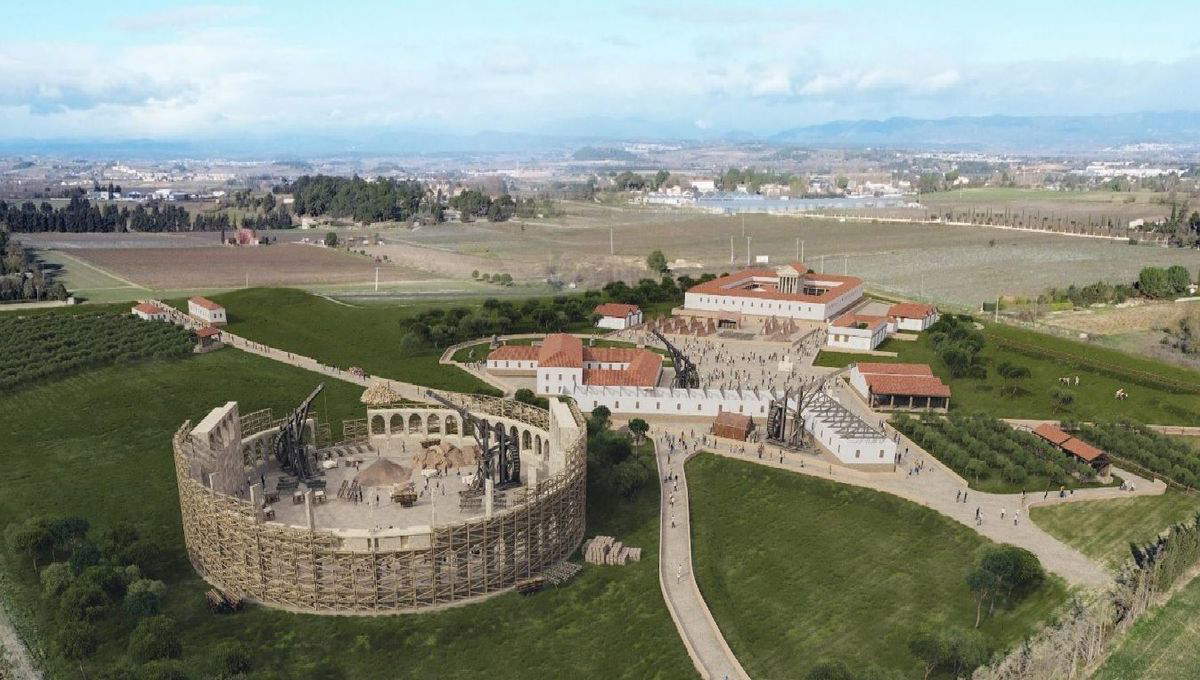
Access to the site will be via the historic Via Domizia, the main road artery that connected Italy with the Iberian Peninsula in Roman times. Before entering the heart of the ancient city, visitors will pass through an agricultural area cultivated according to traditional practices. The fields will be devoted to crops typical of the period, including cereals, vines, olive and fruit trees, with historically documented plant varieties. This agricultural strip will serve as a sensory and narrative introduction to the urban site, and will be the result of a landscape recomposition designed to evoke the morphology of the ancient land.
Once inside the site, the public will be able to explore various urban environments reconstructed on the basis of archaeological and documentary sources. Among the planned buildings are an amphitheater, a necropolis, an imperial forum, a tavern, urban dwellings decorated with frescoes and mosaics, a domus, a ludus, or gladiator school, and several workshops dedicated to Roman crafts. As the site progresses, it will also show the construction techniques and materials used, such as freestone, bricks, earthenware, and tiles according to Roman tradition.
The construction phases, also visible to the public, will be carried out with tools and methods compatible with those of antiquity. Wooden scaffolding made according to ancient criteria will be used, as well as manually operated wheel cranes. Craft techniques will be illustrated by the laborers and artisans working daily on the site, with the aim of highlighting often forgotten but historically valuable knowledge and practices.
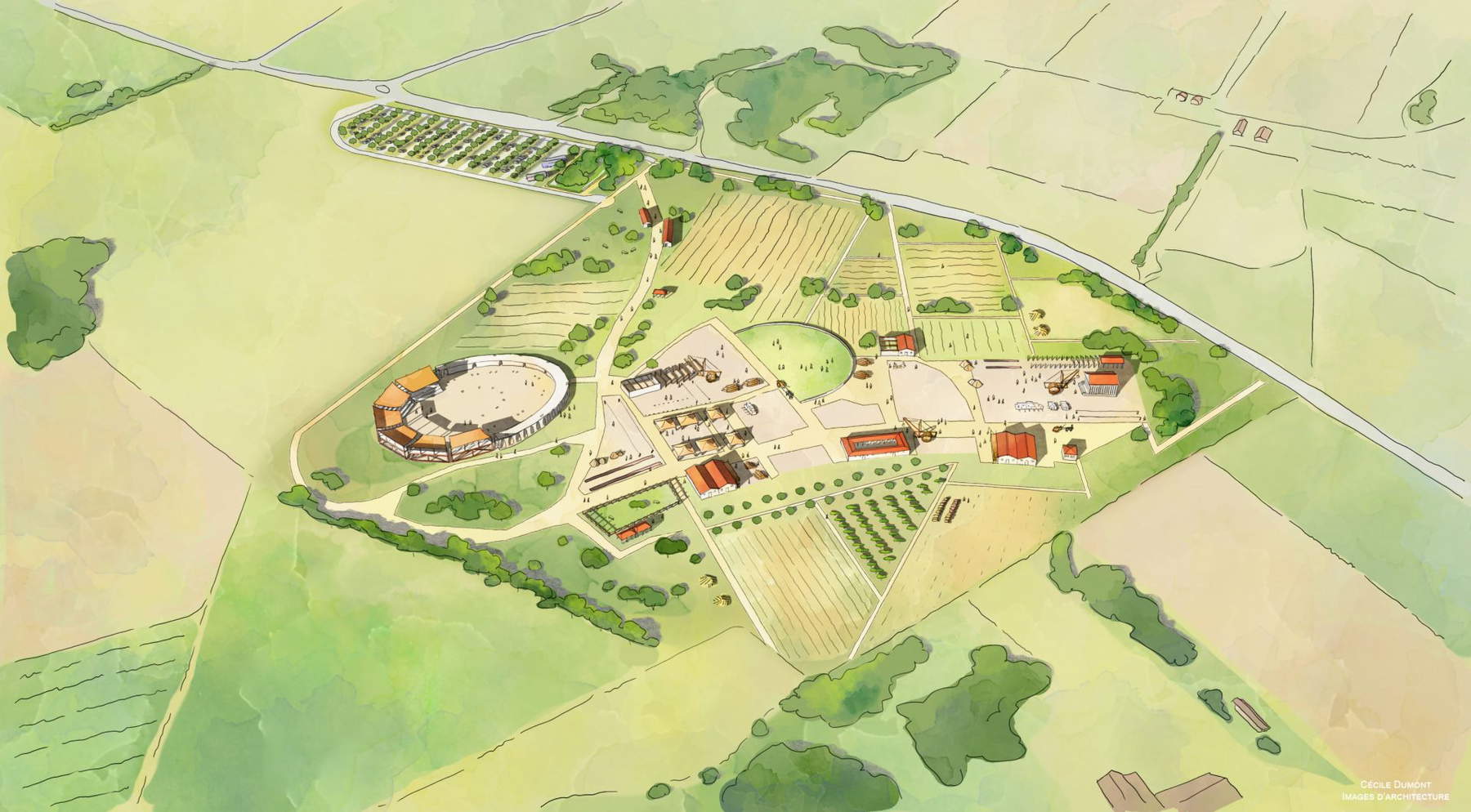
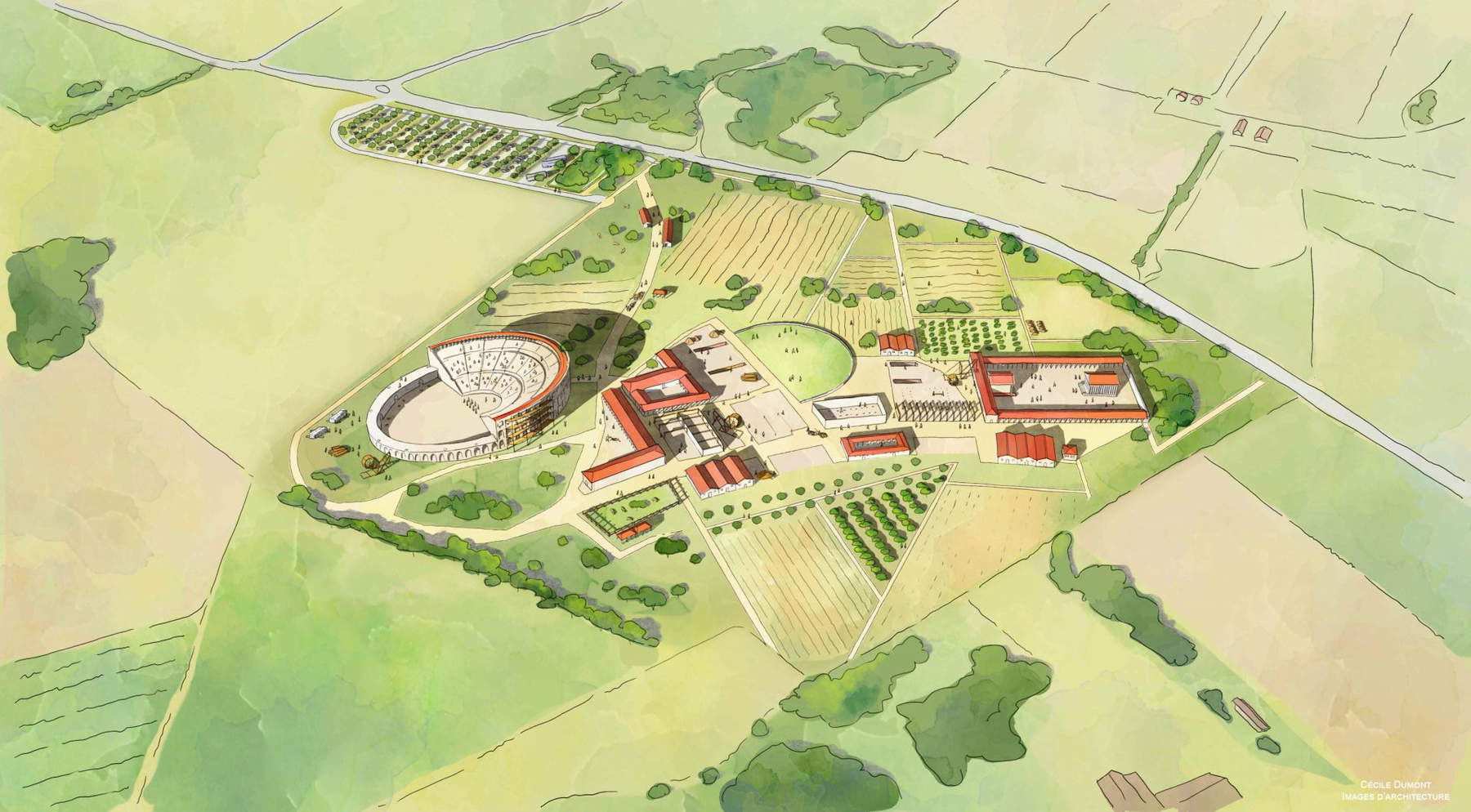
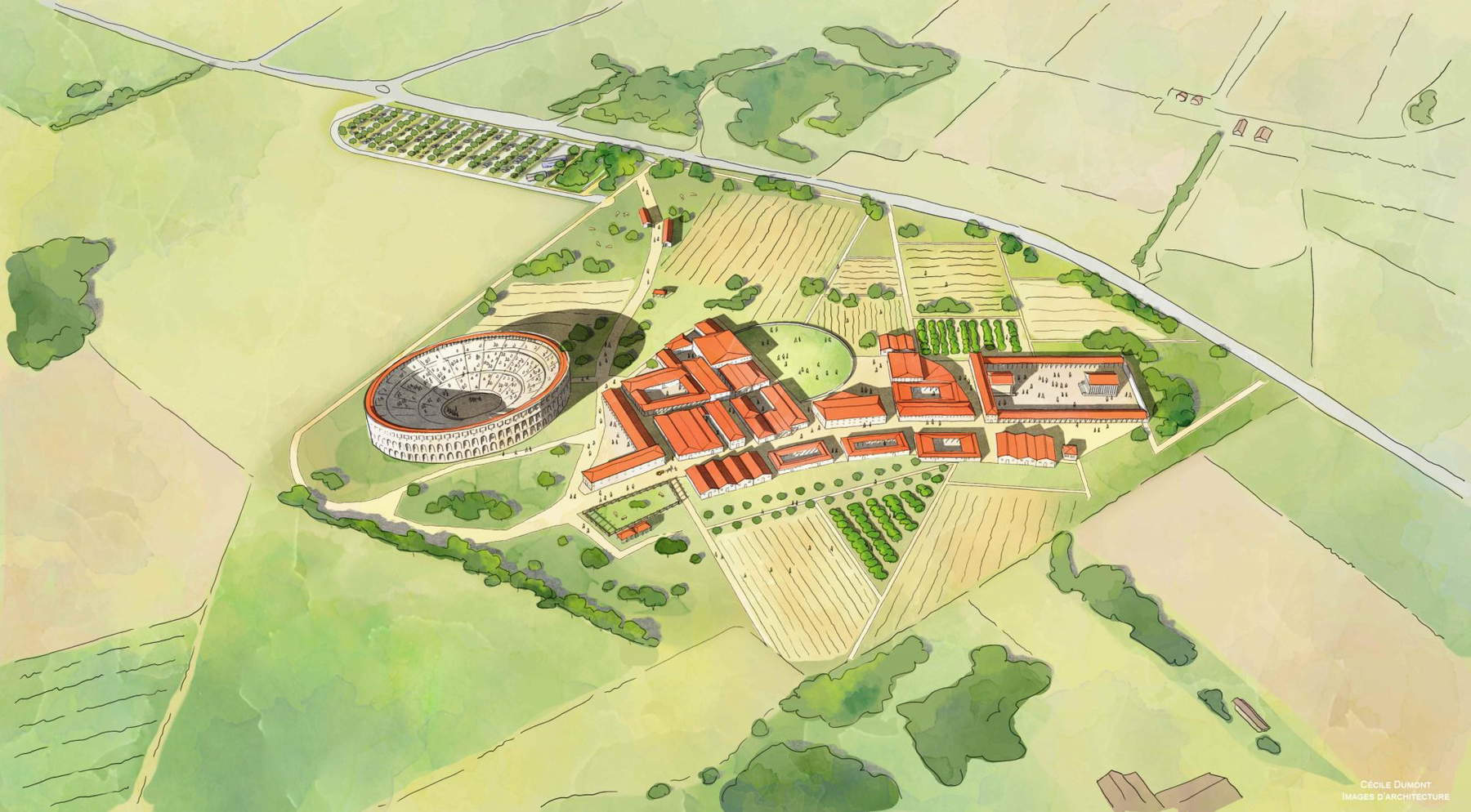
Béziers Antique will also host a rich program of events, performances and animations designed to make the visit dynamic and attractive to different audiences. Demonstrations of building techniques, reconstructions of daily life, historical re-enactments and guided tours will alternate throughout the year. The intent is for visitors to return again and again, finding at each occasion an advancing construction site and new parts of the city open for discovery.
One of the distinctive elements of the project lies in its scientific approach, the project promoters make known. All activities on the site will be coordinated by a dedicated scientific board, headed by Éric Teyssier, professor of Roman history at the University of Nîmes. The board will be composed of specialists at the local and national levels and will work closely with the archaeological service of the city of Béziers. The project’s documentary base will be fed by research already carried out and future archaeological investigations that will help guide and verify the accuracy of the reconstructions.
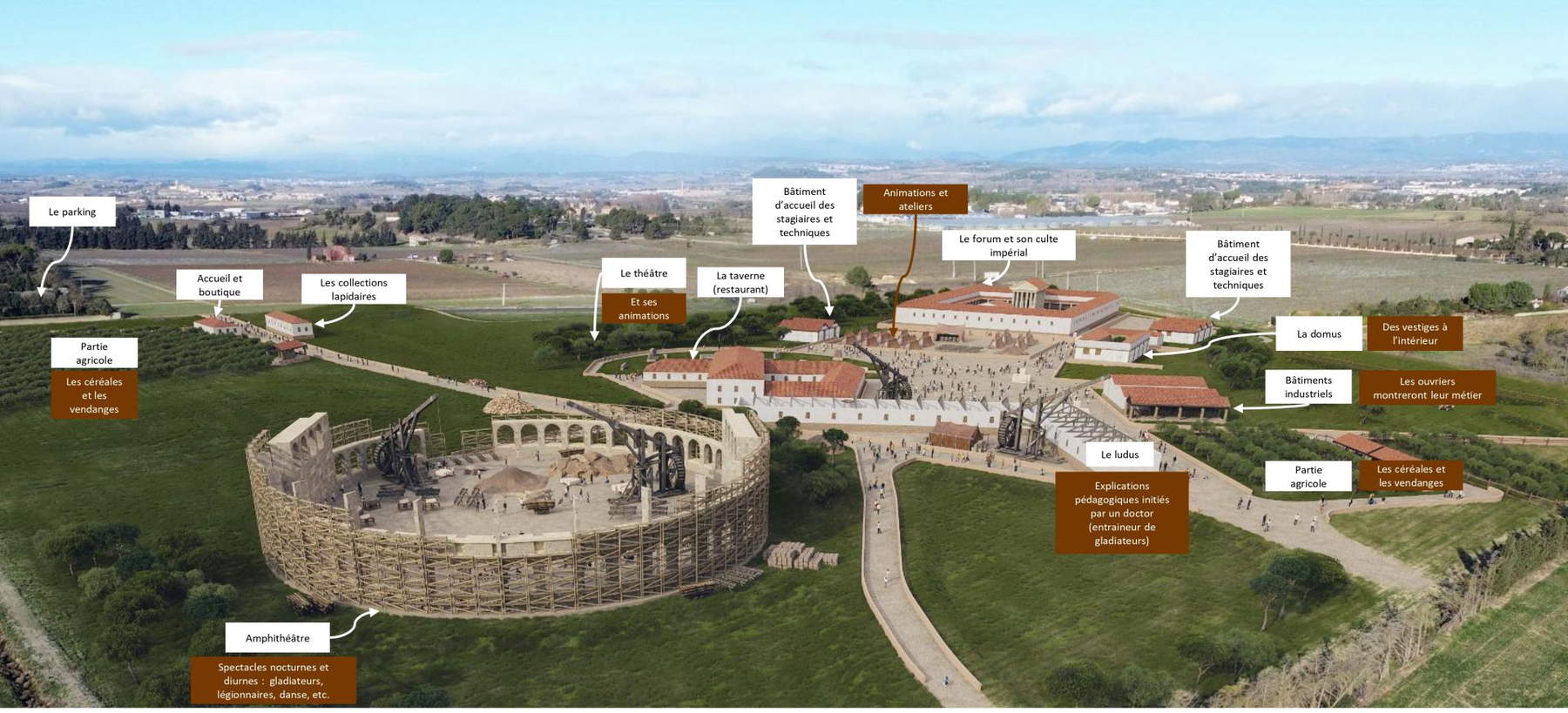
The Kléber Rossillon company, selected to create and manage Béziers Antique, has been active for nearly 30 years in the field of cultural heritage enhancement. Founded in 1995 with the opening of the Marqueyssac Gardens in Dordogne, it now manages twelve cultural and tourist sites in France and Belgium, including castles, museums, replicas of prehistoric caves, historic trains, and historic gardens. It welcomes about 2.5 million visitors each year, developing its projects on the basis of respect for the sites, knowledge of the public, and consistency with the relevant economic and cultural context.
For Béziers Antique, the outlook is ambitious. The stated goal is to reach 250,000 annual visitors by 2032. The aim is to make the site a leading tourist destination in the south of France. Over the planned 30 years of public opening, Béziers Antique will evolve like a living organism, shaped by time, human labor and scientific knowledge. With each visit, the public will be able to see the changes, observe the progression of construction, and immerse themselves in the Roman world with a concrete perspective, observing not only the end result, but the very process of its creation. The goal is not only to show the ancient city, but to bring its birth to life, giving the public a glimpse of Roman history.
 |
| Reconstruction of an entire Roman city starts in France: Béziers Antique, 19-hectare site |
Warning: the translation into English of the original Italian article was created using automatic tools. We undertake to review all articles, but we do not guarantee the total absence of inaccuracies in the translation due to the program. You can find the original by clicking on the ITA button. If you find any mistake,please contact us.